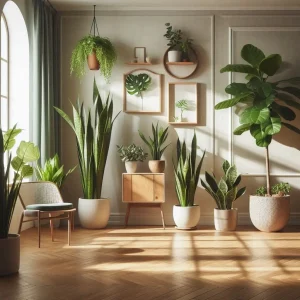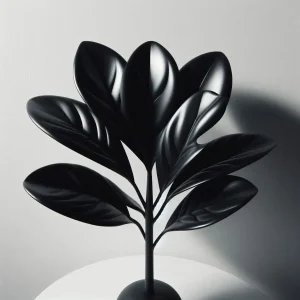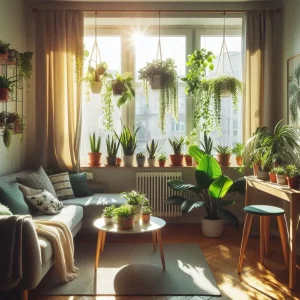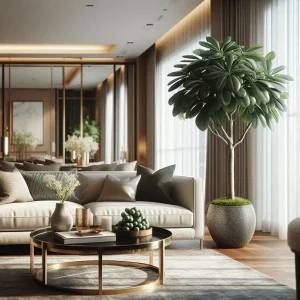Many of us desire to keep beautiful flowers at home, but it seems challenging to do so in small apartment spaces.
In apartment living, the balcony proves to be one of the best places for cultivating indoor plants. In this space, you can create a small and charming garden without worrying about flowers being damaged by children or pets.
Plants for Balcony Gardening Care Summary
- Begonia: Moderate sunlight, well-draining soil, regular watering.
- Daisy Flower (Asteraceae) :Full sunlight, average soil, moderate watering.
- Cockscomb Flower: Full sunlight, well-draining soil, moderate watering.
- Scented Lavender: Full sunlight, well-draining soil, occasional watering.
- Paper Flower: Bright indirect light, well-draining soil, moderate watering.
- Night-Blooming Jasmine: Full sunlight, well-draining soil, regular watering.
- Bougainvillea: Full sunlight, well-draining soil, low to moderate watering.
- Orange Tree: Full sunlight, well-draining soil, moderate watering.
- Olive Tree: Full sunlight, well-draining soil, infrequent watering.
- Yucca Plant: Bright light, well-draining soil, low to moderate watering.
- Pothos: Indirect light to low light, well-draining soil, moderate watering.
- Petunia: Full sunlight, well-draining soil, regular watering.
- Sweet Potato Vine: Full sunlight, well-draining soil, regular watering.
- Clematis: Full sunlight to partial shade, well-draining soil, regular watering.
Begonia:
Page Contents
Toggle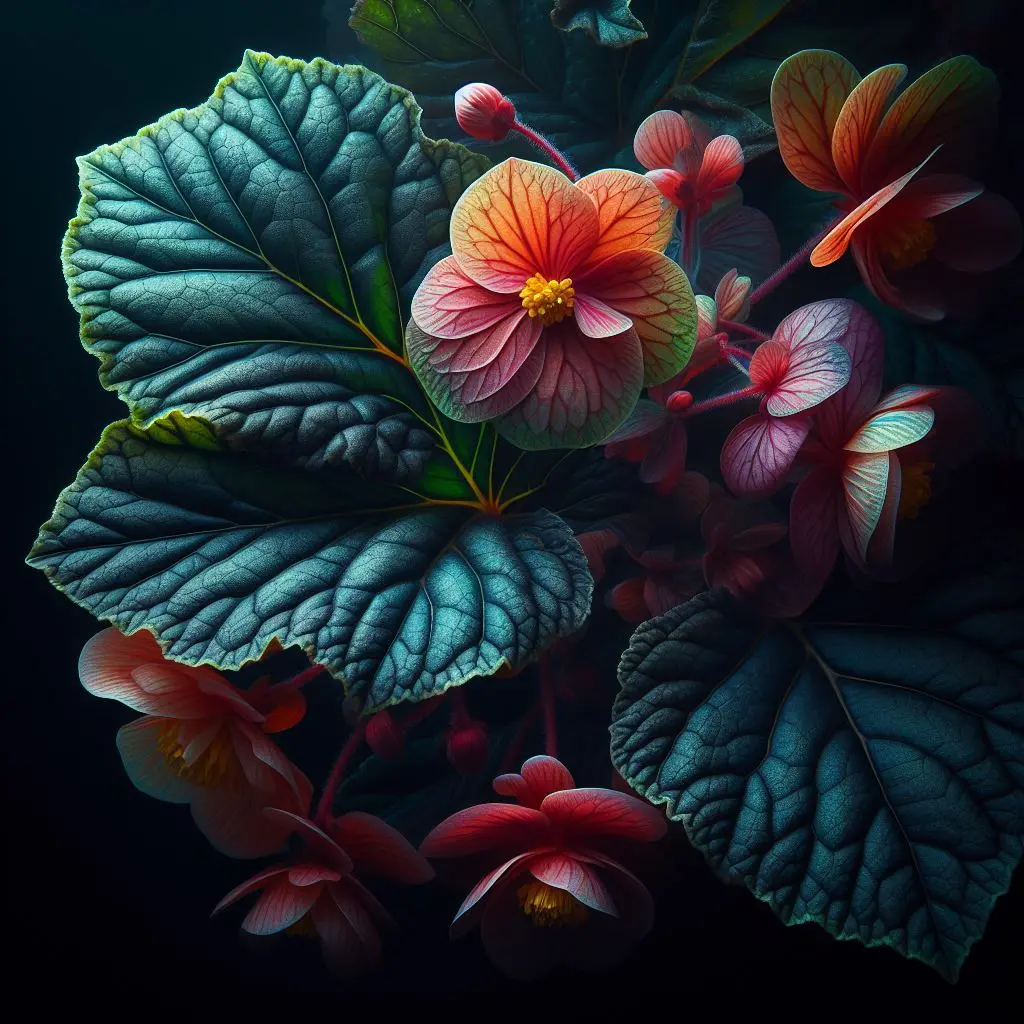
Begonias carry a distinct fragrance and are commonly hung in balcony spaces. They are a light-loving plant. You can place begonia pots using dedicated hanging ropes or use hanging planters on your terrace. Alternatively, utilize the balcony railing or the balcony space itself for positioning the planters.
Daisy Flower:
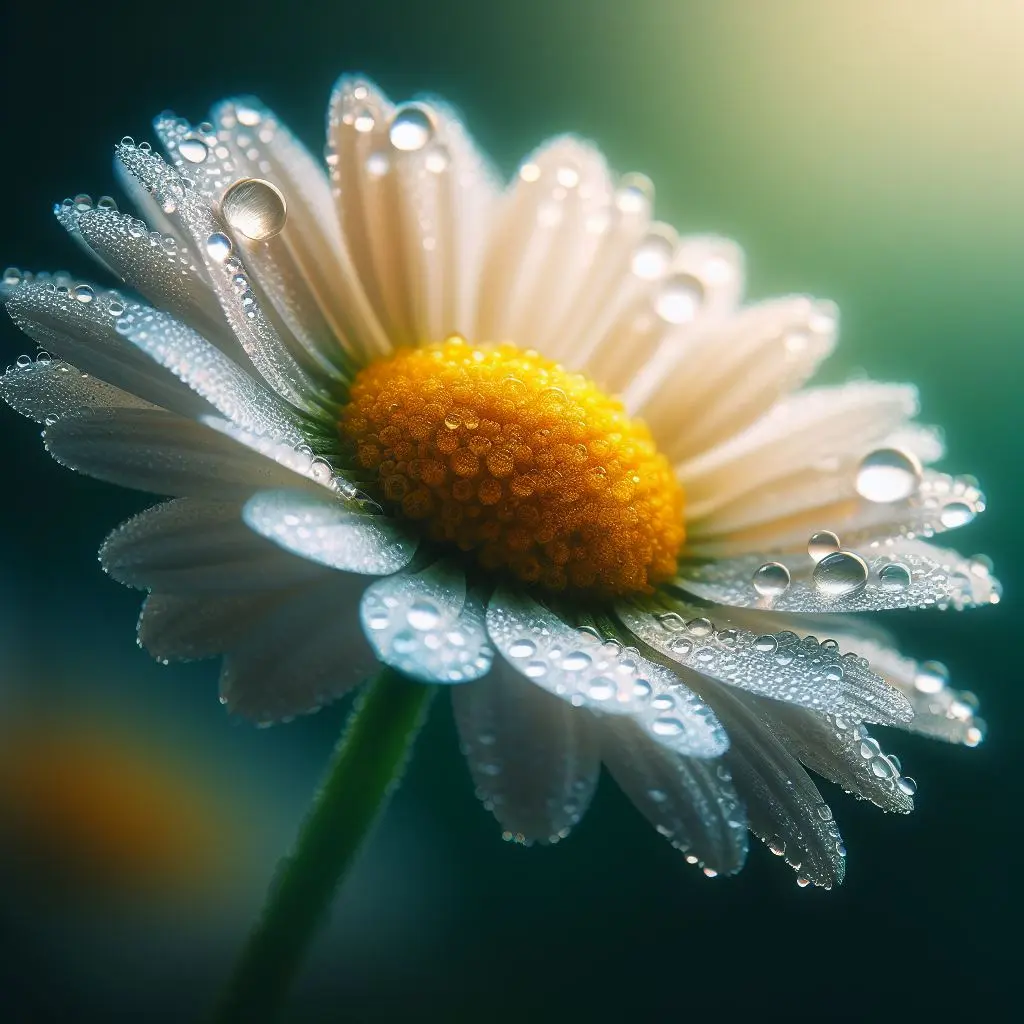
The daisy flower is one of the enduring and resilient plants adaptable to various environmental conditions. Cultivating daisies in pots is a suitable way to diversify the ambiance of your home terrace, given their diverse and beautiful colors. Recognized as the national flower of Japan, the daisy boasts over 200 known species.
Cockscomb Flower:

The cockscomb flower is a suitable plant for the terrace and is considered one of the ornamental houseplants with numerous therapeutic benefits. For instance, the seeds of this plant are used to reduce blood cholesterol, and promoting blood vessel dilation is another application of this flower. On the other hand, the velvety red blooms of this plant enhance the aesthetic appeal of your home terrace.
Begonia Flower:

Begonia is a perennial evergreen plant, categorized into three groups: Begonia Rex, Begonia Elatior, and Tuberous Begonia, with both flowering and foliage varieties. This plant requires a temperature range of 12 to 21 degrees Celsius for optimal growth, making it a suitable flower for terrace cultivation.
Begonia sun or shade? The provenwinners website states:
Begonias are tolerant of a wide range of light conditions from full sun to shade. In cooler climates, plants can tolerate more light. In hot areas, they need protection from the hot afternoon sun to prevent leaf scorch. Varieties with darker foliage tolerate more light than those with green leaves.
Scented Lavender Flower:
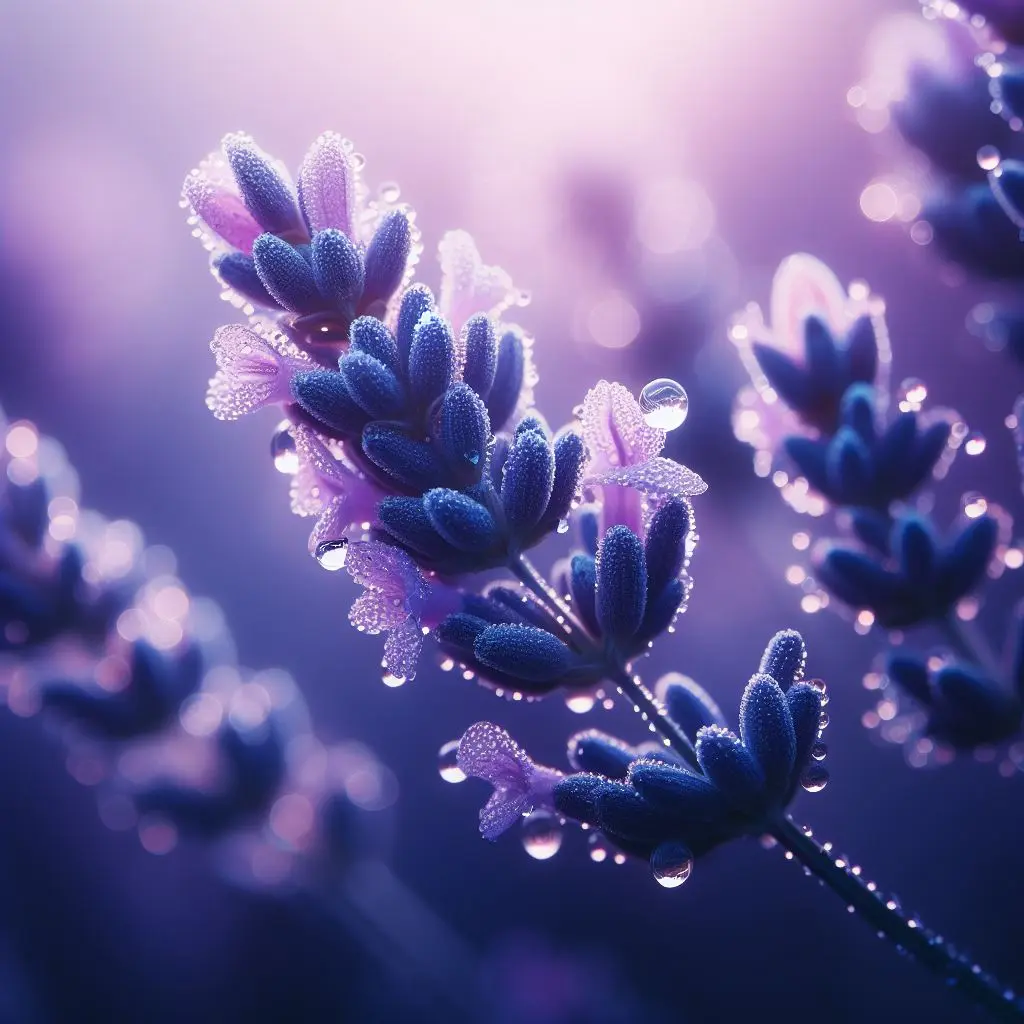
Scented lavender, found in its wild form shaped like a shrub, thrives in the wilderness and blooms with dark purple flowers emitting a pleasant fragrance in the spring season. Propagation through seeds is one of the methods for reproducing the lavender plant. Utilize this beautiful flower on your terrace and inhale its delightful fragrance.
Paper Flower:

Due to its ease of maintenance in outdoor spaces, the paper flower is introduced as a suitable plant for the terrace. It is a shrub that grows upward, creating a wall full of flowers for you. Abundant sunlight and minimal water are the ideal conditions for caring for this beautiful flower.
Night-Blooming Jasmine:
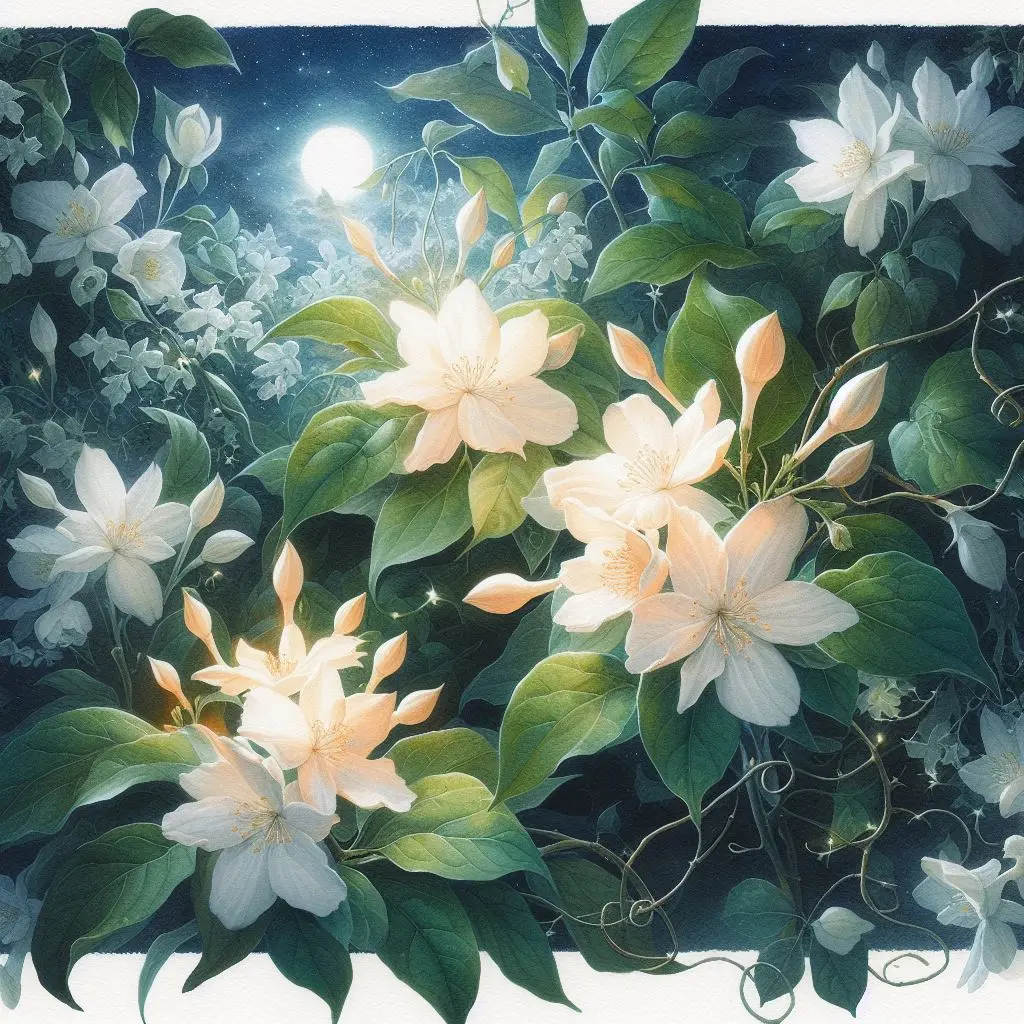
If you ask your grandmother about this flower, she would vividly describe its fragrance. Night-blooming jasmine is an evergreen flower that thrives in tropical climates and adapts well to warm and dry weather. When planted in a pot, it blooms throughout all seasons of the year.
Bougainvillea:

Another plant specifically suited for the terrace is Bougainvillea, which is evergreen and adds a beautiful touch to your balcony with its sharp and pointed branches. Pruning can help shape it according to your preference.
Orange Tree:
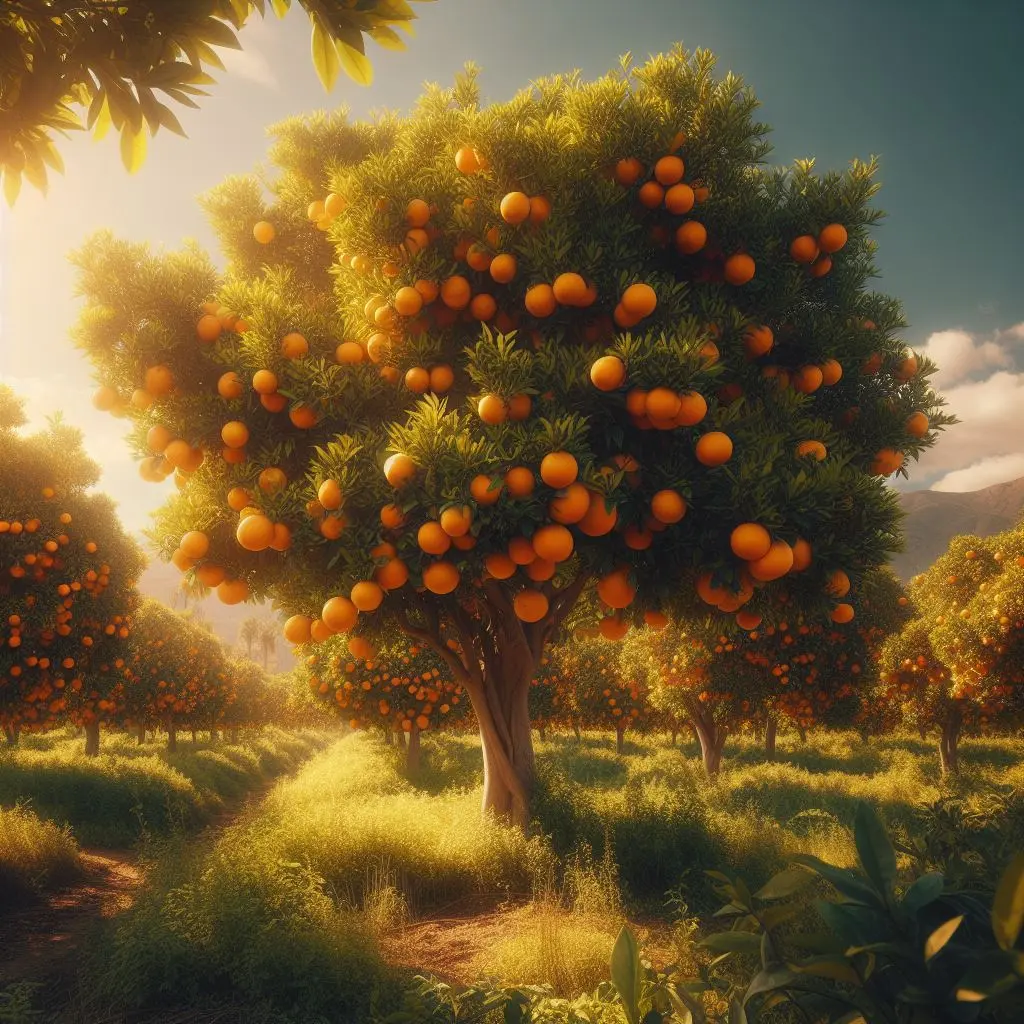
The orange tree is an evergreen shrub, and the fragrance of its blossoms in spring will perfume the air in your home. While the orange tree tolerates winter cold to a considerable extent, it is advisable to cover the branches and young leaves with nylon in areas where the temperature drops below freezing. You can cultivate it through orange seeds.
Olive Tree:
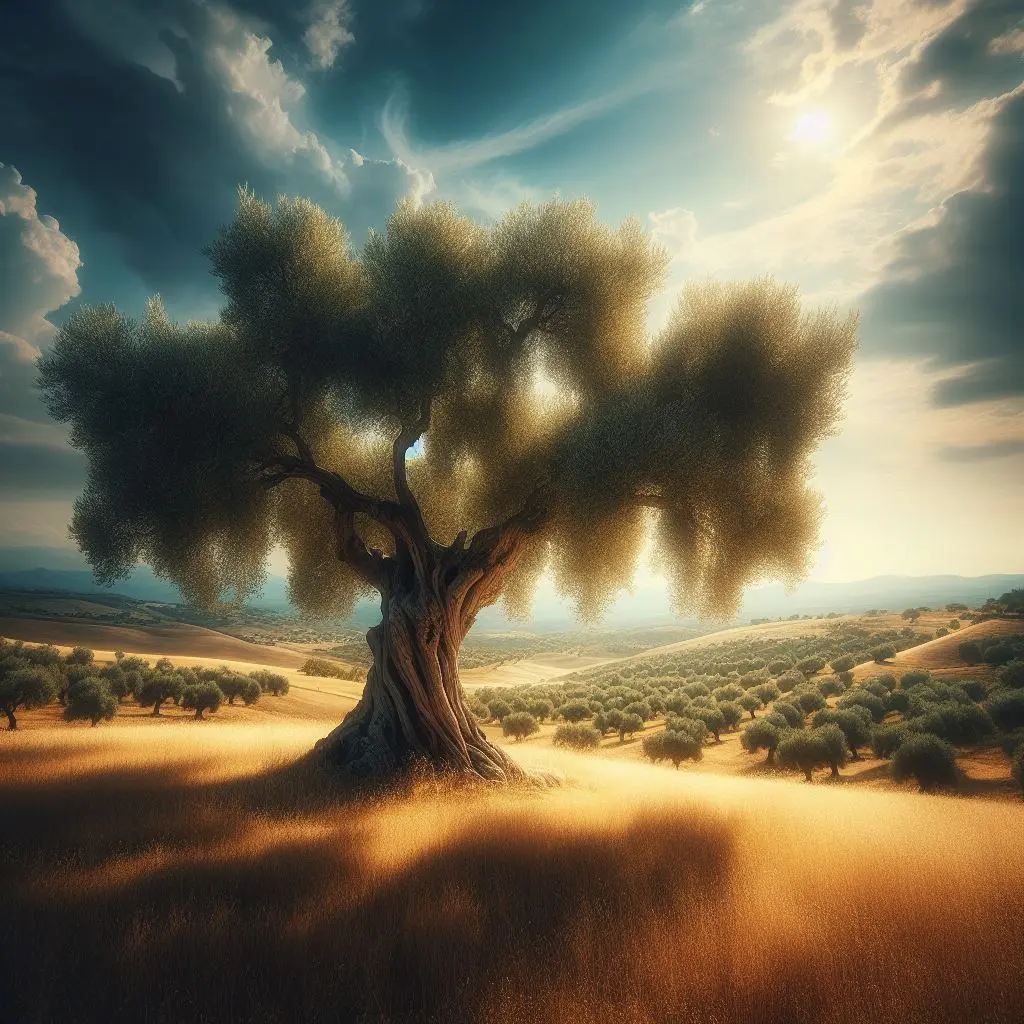
Olive trees are evergreen and perennial plants. Planted in a pot, they resemble a beautiful and green small tree, effortlessly bringing greenery to your home without requiring special care. This plant is low-maintenance, requiring minimal watering and care, showcasing remarkable resilience.
Yucca Plant:

Yucca is also a suitable plant for cultivation and maintenance on the terrace, with various apartment-friendly varieties available. The lower part of its stem contains nutrient-rich tubers, providing resistance against hunger and thirst. It doesn’t occupy much space, making it an ideal choice for small balconies. Yucca requires ample sunlight, and its height can reach several meters.
Durable Vines and Climbing Plants:
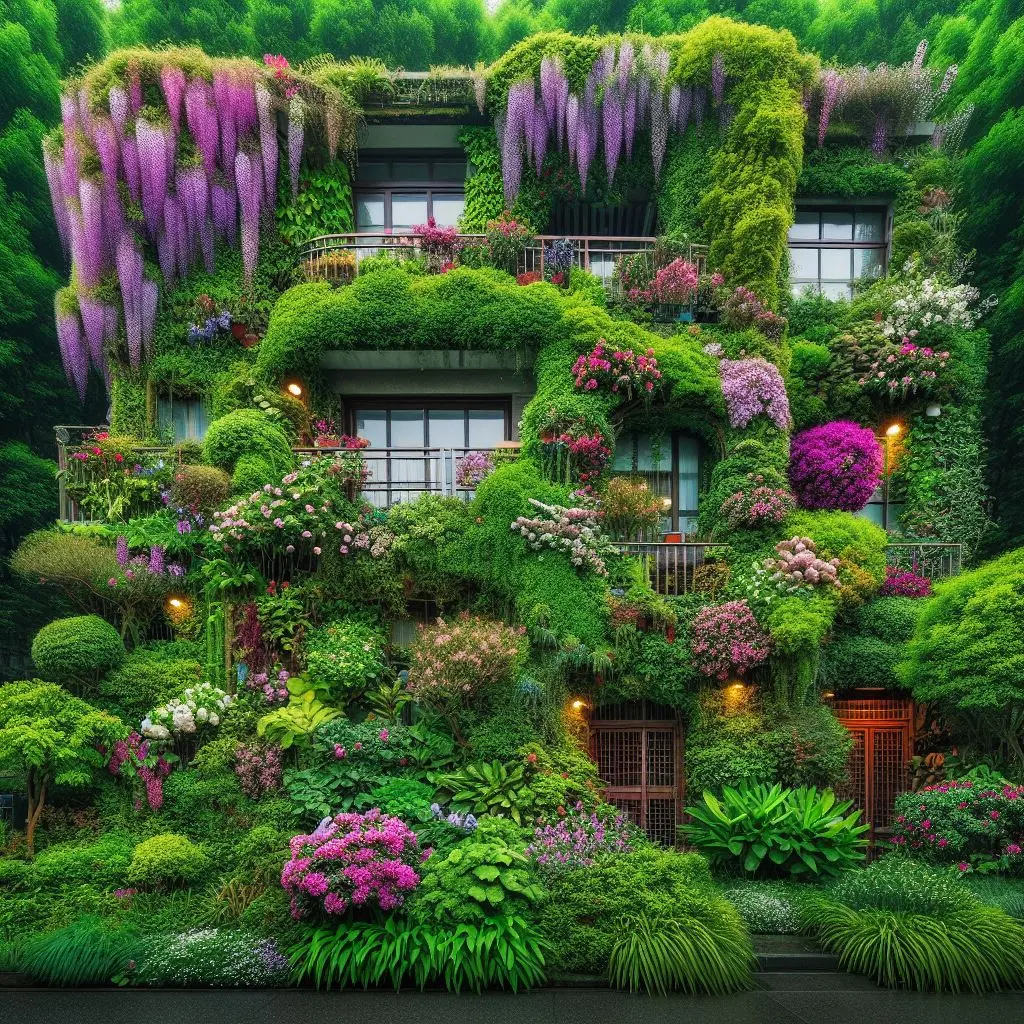
Suitable trailing plants for terrace cultivation, creating a green wall, include Pothos, Petunia, Sweet Potato Vine, and Clematis. These plants can serve as excellent supports for establishing a cool and vibrant atmosphere on your balcony, making it easier to grow other flowers. Additionally, they enhance the visual appeal of your building by creating a visually pleasing greenery.
Can small balconies also become lush and beautiful spaces? It doesn’t matter how many meters your apartment terrace is, whether it faces north or south; what matters is knowing which plants are suitable for balconies. With knowledge of appropriate terrace plants and flowers, you can create a lush and blooming garden even in the smallest balcony in the world.
Utilizing elements such as beautiful flowers and plants for decorating balconies, terraces, and verandas not only enhances the beauty of these spaces but also ensures privacy from neighbors in the apartments across the building. If your balcony or terrace space is limited, using suitable elements can assist you in decorating and beautifying it, so don’t worry about the size of your balcony.
read more: Ultimate Guide to Cat-Safe Plants: Keep Your Kitty Happy & Healthy
Balcony plants need to tolerate various conditions:
1.High Temperatures:
– The terrace environment, in addition to receiving abundant sunlight, must also endure the heat radiating from the building.
2. Dust and Pollution:
– For balconies facing the street, plants should be resistant to dust and air pollution.
3. Abundant Light:
– In south-facing terraces, the sunlight exposure is higher, making it an excellent choice for sun-loving plants.
4.Planters:
– Ceramic and glazed planters are used in this setting to regulate the plant’s temperature in both cold and warm weather.
Frequently Asked Questions about the Best Plants for Balconies:
1. What is the best plant for balcony maintenance?
– Various plants like Begonias, Dahlias, and Cockscomb Flowers are suitable for balconies.
2. What causes balcony plants to become thin and elongate?
– If your plant’s leaves are thinning, dropping, and the stems are growing excessively without leaves, it’s likely that the balcony’s light isn’t suitable for the plant. You can resolve this issue by moving the plant to a brighter space. However, be cautious of hot summer sun; consider using protective pot filters or relocating the plant to a less intense light source.
3. What causes brown spots on balcony plants?
– Brown spots on the plant’s leaves indicate leaf scorch. This issue commonly occurs in the summer when sunlight intensity is high. Using thin curtains can help protect your plants during this season. Additionally, nutrient deficiency in the soil may also cause brown spots. In such cases, replacing the potting soil or proper fertilization can address the issue.
4. How should we care for balcony plants in winter?
– Balconies are open spaces, making one of the main concerns protecting plants during the winter season.


